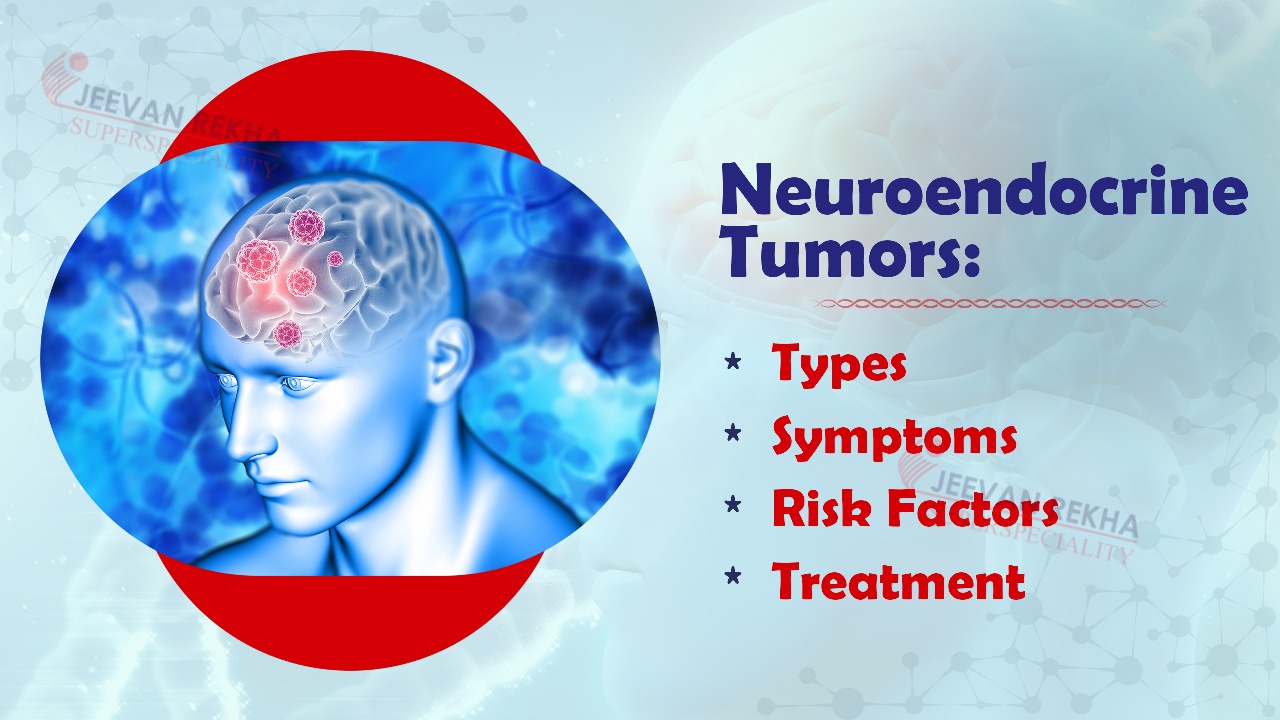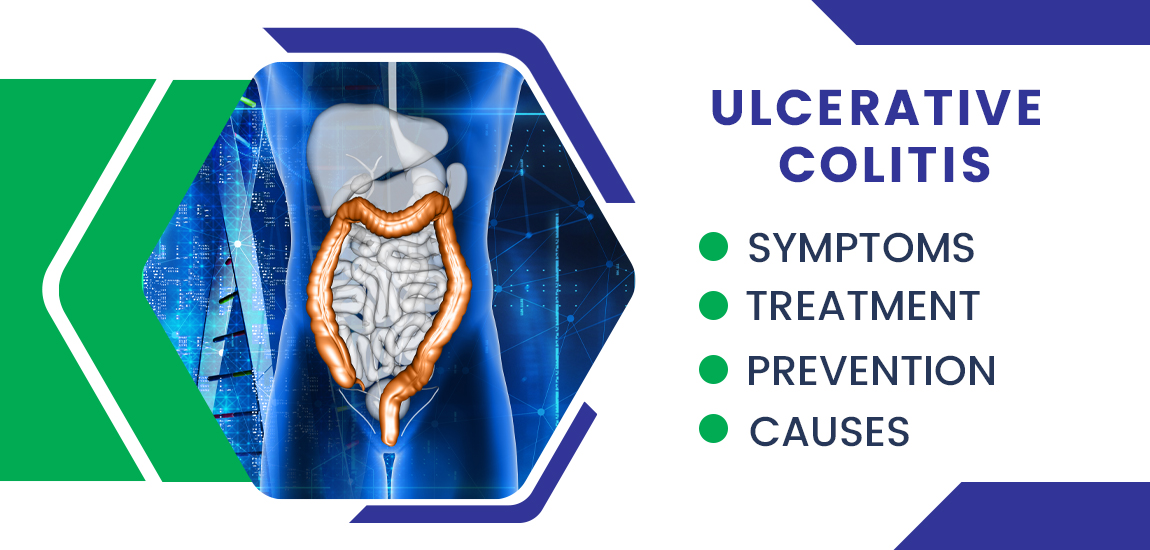
- By admin
- In Health and Tips,
- Posted August 14, 2024
Hiatal Hernia: Symptoms, Causes, Diagnosis and Treatment
What is a Hiatal Hernia?
A hiatal hernia happens when a portion of the stomach protrudes through the diaphragm into the chest cavity. This condition happens due to a weakness or opening in the diaphragm muscle, which normally keeps the stomach and other abdominal organs in place.
The most common type, a sliding hiatal hernia, involves the stomach and part of the esophagus sliding up into the chest, often leading to symptoms like heartburn and acid reflux.
A less common type, the paraesophageal hiatal hernia, occurs when a portion of the stomach protrudes next to the esophagus, which can cause more severe complications if the stomach becomes trapped.
Risk factors include age, obesity, pregnancy, and straining from heavy lifting. While many people with hiatal hernias may not experience symptoms, those who do might face digestive discomfort and other related issues.
Symptoms of Hiatal Hernia
The symptoms of a hiatal hernia can vary depending on the type and severity of the hernia. Many people with hiatal hernias may not experience any symptoms, but when they do occur, they might include:
- Heartburn: A burning sensation in the chest or throat, often associated with acid reflux, is a common symptom.
- Acid Reflux: The backward flow of stomach acid into the esophagus can cause a sour taste in the mouth and irritation in the throat.
- Chest Pain: Discomfort or pain in the chest area, which can sometimes mimic the pain of a heart condition.
- Difficulty Swallowing: A sensation of food being stuck in the chest or throat.
- Regurgitation: The return of food or liquid from the stomach into the mouth.
- Belching: Excessive burping or a feeling of bloating.
- Nausea and Vomiting: In some cases, particularly with paraesophageal hernias, there might be nausea or even vomiting.
- Feeling Full Quickly: Feeling unusually full after eating only a small amount of food.
You can read also:- Blood Clot in Brain: Risks, Symptoms, Prevention & Treatment
Causes of Hiatal Hernia
A hiatal hernia occurs when part of the stomach protrudes through the diaphragm into the chest cavity, and several factors can contribute to its development:
- Weakness in the Diaphragm: Age-related weakening or damage to the diaphragm can create an opening through which part of the stomach can slip up.
- Increased Abdominal Pressure: Activities or conditions that increase pressure within the abdomen can contribute to the formation of a hiatal hernia. These include heavy lifting, straining during bowel movements, persistent coughing, or vomiting.
- Obesity: Excess body weight can put additional pressure on the abdomen, making it more likely for part of the stomach to push through the diaphragm.
- Pregnancy: The growing uterus exerts pressure on the abdominal cavity, which can contribute to the development of a hiatal hernia.
- Genetics: A family history of hiatal hernias or related conditions might increase susceptibility.
- Injury or Trauma: Physical injury to the diaphragm or abdomen can create or exacerbate a hernia.
- Aging: As people age, the diaphragm and surrounding muscles may become weaker and less supportive, making it easier for a hernia to develop.
You can read also:- Difference Between Heart Failure and Heart Attack
Risk Factors of Hiatal Hernia
Various risk factors can elevate the chances of developing a hiatal hernia:
- Age: As people get older, the diaphragm and surrounding tissues can weaken, making it easier for a hernia to develop.
- Obesity: Excess weight puts increased pressure on the abdominal cavity, which can contribute to the formation of a hiatal hernia.
- Straining: Activities that involve heavy lifting or straining, such as lifting heavy objects or persistent coughing, can contribute to the development of a hiatal hernia.
- Genetics: A family history of hiatal hernias or similar conditions can increase the risk, suggesting a genetic predisposition.
- Smoking: Smoking can contribute to conditions that affect the diaphragm and overall digestive health, potentially increasing the risk of a hiatal hernia.
Diagnosis of Hiatal Hernia
Diagnosing a hiatal hernia typically involves a combination of medical history, physical examination, and diagnostic tests. Here’s a summary of the common methods used:
- Medical History and Physical Examination: Your healthcare provider will start by asking about your symptoms, their frequency, and any relevant medical history. They may also perform a physical exam to check for signs that might suggest a hernia.
- Upper Endoscopy (Esophagogastroduodenoscopy, EGD): A flexible tube equipped with a camera (endoscope) is passed through the mouth and into the esophagus and stomach. This allows the doctor to directly visualize the lining of these organs and assess for any abnormalities or signs of hernia.
- Barium Swallow (Esophagram): In this test, you drink a contrast liquid containing barium, which coats the esophagus and stomach. X-rays are then taken to reveal the shape and position of these structures, showing if part of the stomach has moved through the diaphragm.
- Esophageal Manometry: This test assesses the strength and coordination of contractions in the esophagus. It can help assess how well the esophagus is working and if there are any issues related to the hernia.
- Chest X-Ray: A standard chest X-ray can sometimes reveal a hiatal hernia by showing abnormalities in the chest cavity, although it is less specific than other imaging tests.
- Computed Tomography (CT) Scan: A CT scan provides detailed cross-sectional images of the chest and abdomen. It can offer a clearer view of the hernia and its effects on surrounding structures.
Treatment of Hiatal Hernia
Treatment for a hiatal hernia varies based on symptom severity and type. Options include:
- Lifestyle Changes: Eat smaller, frequent meals, avoid trigger foods, lose weight, elevate the head of the bed, and avoid heavy lifting.
- Medications: Use antacids for quick relief, H2-receptor antagonists to reduce acid production, and proton pump inhibitors (PPIs) for more severe symptoms.
- Surgical Treatment: Fundoplication, where the stomach is wrapped around the esophagus to prevent acid reflux, may be needed for severe cases. It can be done via traditional open surgery or laparoscopically.
- Endoscopic Procedures: Less invasive options like endoscopic fundoplication can also be used to treat symptoms.
- Management of Complications: Immediate treatment, possibly including emergency surgery, may be required for complications like strangulation.
Hiatal Hernia Surgery
Hiatal hernia surgery is typically recommended for severe symptoms or complications that don't respond to other treatments. The main surgical options are:
1. Fundoplication:
○ Description: The top of the stomach is wrapped around the lower esophagus to reinforce the lower esophageal sphincter and prevent acid reflux.
○ Types:
- Laparoscopic Fundoplication: Minimally invasive with smaller incisions and faster recovery.
- Open Fundoplication: Traditional approach with a larger incision, used for complex cases.
2. Hiatal Hernia Repair:
○ Description: Specifically repairs the hernia by returning the stomach to its proper position and reinforcing the diaphragm.
○ Approaches:
■ Laparoscopic Repair: Minimally invasive, often combined with fundoplication.
■ Open Repair: Used for larger or more complicated hernias.
3. Endoscopic Procedures:
○ Description: Minimally invasive procedures using an endoscope to repair or tighten the lower esophageal sphincter.
○ Example: Endoscopic fundoplication, which may be an alternative to traditional surgery.
Recovery and Follow-Up:
● Hospital Stay: Usually short (1-3 days) for laparoscopic procedures; longer for open surgery.
● Recovery Time: Typically a few weeks, with adjustments to diet and activity levels.
● Follow-Up: Regular check-ups to monitor recovery, manage symptoms, and adjust treatment if needed.
Recovery from Hiatal Surgery
Recovery from hiatal hernia surgery generally involves:
- Hospital Stay: Usually 1-3 days for laparoscopic procedures; longer for open surgery.
- Pain Management: Pain is managed with medications, and discomfort decreases over the first few days.
- Diet: Start with liquids or soft foods, gradually reintroduce solids as tolerated.
- Activity: Rest initially, with light activity encouraged. Refrain from heavy lifting and intense exercise for a few weeks.
- Follow-Up: Attend scheduled appointments to monitor healing and adjust treatment if needed.
- Lifestyle: Continue dietary adjustments and monitor for any persistent symptoms.
Conclusion
At Jeevan Rekha Hospital, we are committed to providing comprehensive care for patients undergoing hiatal hernia surgery. Our multidisciplinary team focuses on delivering personalized treatment plans to ensure the best outcomes. From initial diagnosis to recovery, our priority is to offer compassionate, evidence-based care that addresses your unique needs.
Our surgical approach includes the latest techniques, whether minimally invasive laparoscopic procedures or traditional open surgery, to effectively manage hiatal hernias. Postoperative care is tailored to support a smooth recovery, with a focus on pain management, gradual dietary reintroduction, and safe resumption of activities.
We emphasize the importance of regular follow-ups and lifestyle adjustments to maintain long-term health and prevent complications. Your well-being and satisfaction are our top priorities, and we are here to support you every step of the way.
Tags
Blog Search
Latest Posts
-
बर्ड फ्लू के लक्षण, कारण, उपचार और बचाव के उपाय जानें
December 04, 2025 -
Best Diet Plan for Menopause Weight Management
November 25, 2025 -
Pulmonary Fibrosis Treatment: Understanding Lung Scarring and Breathing Problems
November 21, 2025 -
Arrhythmia: Types, Causes, Symptoms, and Treatment
November 07, 2025 -
Silent Heart Attack: Causes, Symptoms and Treatment
October 24, 2025




